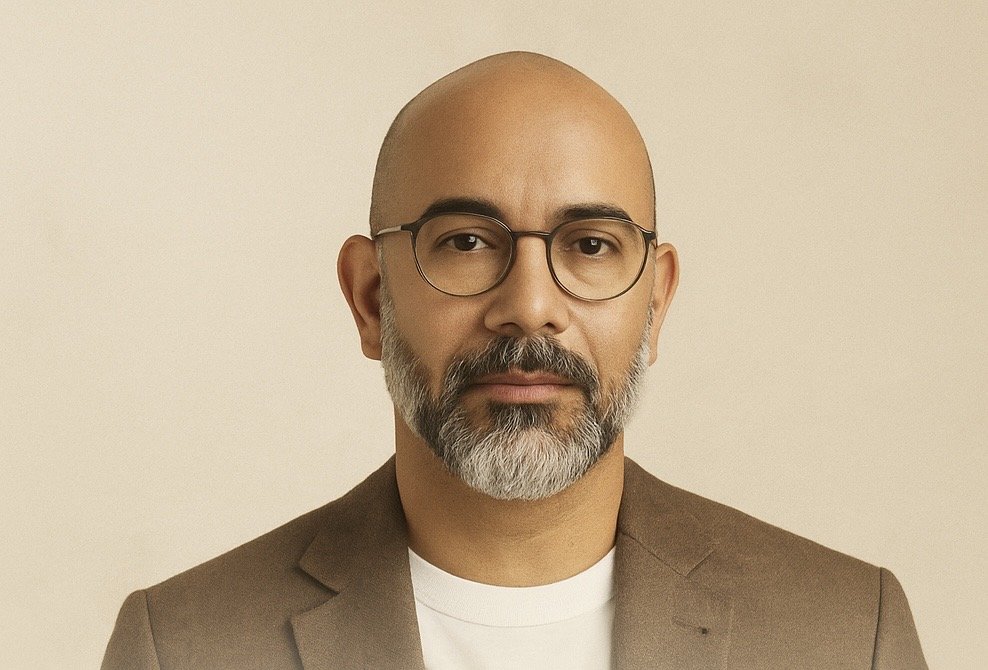Embracing Lessons: The Only Way Out of Repeating Pain
- Dr. Wil Rodriguez

- Jun 14
- 3 min read
By: Dr. Wil Rodriguez

I. Opening Hook
There’s a saying: “When life tries to teach you something, it keeps showing up until you finally listen.” As a coach, I’ve repeatedly witnessed clients stuck in loops—same heartbreak, toxic friendships, self-sabotaging habits—asking, “Why does this keep happening to me?” This isn’t coincidence. It’s a call—an insistence from life urging us to pay attention, to learn, to break the cycle.
II. Cycle Recognition: The Repetition That Haunts Us
Cycles lurk in the shadows of our lives—patterns of hurt, disappointment, or struggle that repeat until we understand their message. Freud called this “repetition compulsion”: the unconscious mind re-enacts painful scenarios in hopes of resolving them.
Neuroscience now confirms that trauma isn’t just emotional; it embeds in our neural circuitry. These unresolved patterns live in the brain and body, looping behavior and emotion until the lesson is faced, absorbed, and released.
III. The 5% Rule: Awareness vs. Unconscious Patterns
Of the approximately 86,000 thoughts we experience daily, only about 5% are conscious. The remaining 95% reside in the subconscious and unconscious. These are your thoughts, but they’re often programmed by early experiences, social conditioning, and trauma.
Our Reticular Activating System (RAS) filters incoming data, aligning reality with what we already believe. If a person carries a subconscious belief of unworthiness, their brain will consistently highlight rejection, even where none exists. Awareness is the first disruption of that loop.
IV. Emotion vs. Identity: Feeling Without Being Consumed
Every thought generates emotion. But most people don’t just feel emotions—they become them. There’s a difference between feeling sadness and being sadness. This fusion creates blind spots.
Studies show that naming an emotion—“I feel anxious”—activates the prefrontal cortex, weakening the amygdala’s grip. Naming creates space. It lets us respond rather than react. It separates who we are from what we feel.
V. Lessons Refused: Seeing the Unsaid Truth
The most avoided questions in coaching are: “What’s the lesson here?” and “What are you pretending not to know?”
I once worked with a woman who consistently attracted alcoholic partners. It wasn’t until she voiced, “I feel most seen when someone needs saving,” that her real script emerged. The cycle was a mask for an old belief: my worth is in rescue. Until that belief was challenged, the pattern would repeat—different face, same fate.
We often say “I don’t know,” not because we truly don’t—but because to know is to be responsible. And responsibility is heavier than denial.
VI. Real-World Illustration: Maria’s Story
Maria, 38, was exhausted from repeating the same emotional story: falling in love, realizing red flags late, losing herself in the drama.
Each relationship started differently, but ended the same. Coaching helped her dig deeper. She uncovered a belief shaped in childhood: “Love is sacrifice.” Her mother had modeled it, and now she repeated it.
By naming the script, identifying the emotion (“guilt when I choose me”), and creating new self-permission—“Love doesn’t require loss”—she disrupted the loop. Her life didn’t change overnight, but her choices began to come from consciousness, not compulsion.
VII. Breaking the Cycle with Science
Healing takes effort, but it also takes tools. Here’s how neuroscience and psychology suggest we break the loop:
Mindful Journaling – Promotes cognitive processing and self-inquiry.
Emotional Labeling – Regulates the limbic system and increases clarity.
CBT Techniques – Reframes limiting beliefs into new, empowering truths.
Somatic Breathwork – Regulates nervous system and unlocks trauma responses.
Sentic Cycles – A technique for fully experiencing, expressing, and completing emotions.
These tools are not theoretical—they are used in trauma recovery, neuroplasticity therapy, and executive coaching worldwide.
VIII. Embracing the Lesson
So why is the title “Embracing Lessons”? Because knowing the lesson is not enough. Awareness without acceptance is still denial.
To embrace a lesson is to fold it into your being—to let it shift your choices, your posture, your boundaries. It’s the work of saying: “I no longer need this cycle to learn.”
From there, life opens.
“Let this page sink in. Let your life respond.”
—Dr. Wil Rodríguez
✅ Suggested Weekly Practice
Name one repeating pattern in your life.
Ask: What does this want me to learn?
Write the answer. Read it aloud.
Breathe. Choose differently this week.







Comments